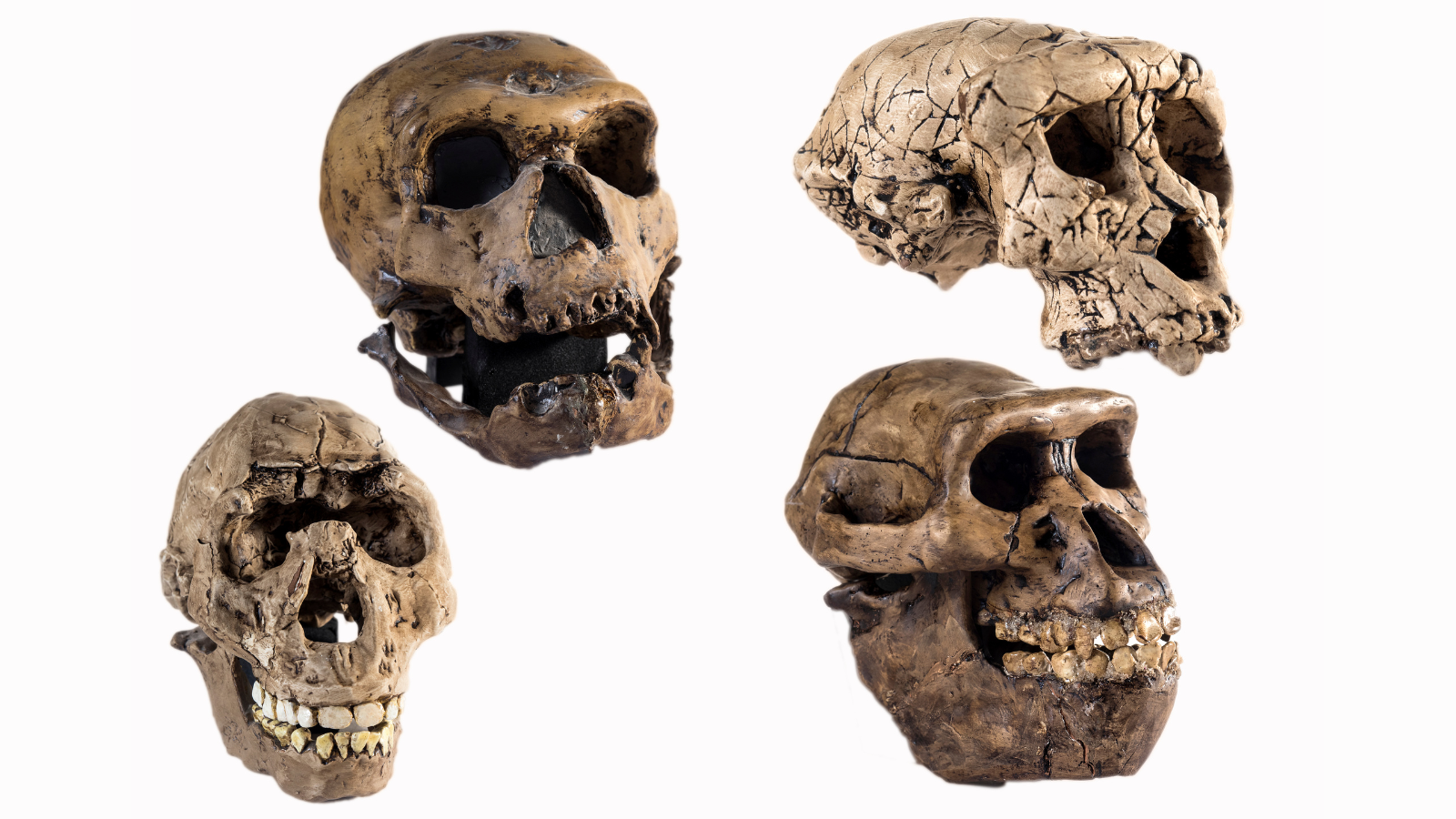Monkeys in Indonesia use rocks as 'sex toys'
The monkeys engage in "self-directed tool-assisted masturbation."

Monkeys in Indonesia get their rocks off using actual rocks, supporting what's known as the sex toy hypothesis, a new study finds.
Researchers studying long-tailed macaques (Macaca fascicularis) found that the monkeys repetitively tapped and rubbed their genitals with stones to pleasure themselves, according to the study first reported by New Scientist. This finding provides further evidence for the sex toy hypothesis, proposed by the same researchers in an earlier study, that presents the activity as a form of tool-assisted masturbation.
The team found that males and females of different age groups all used stones to play with themselves, but there was some variation among the groups: Female monkeys were pickier about the stones they used, while young males engaged in the activity the most. Researchers watching the monkeys usually didn't have to wait long to observe the behavior.
"You do see this genital stone tapping and rubbing quite regularly," lead author Camilla Cenni, a doctoral candidate at the University of Lethbridge in Alberta, Canada, told Live Science. "They are not, of course, constantly doing it, but if you stop and see them and they start playing with stones, they are likely going to do it."
Related: 'Monkey gang' member executed in Japan as marauding macaques run amok
Some macaque populations regularly manipulate stones as part of their behavioral repertoire, seemingly as a form of play. They carry stones around, rub them on surfaces and bash them together. This stone manipulation is likely cultural, because its only seen in certain populations, Cenni said.
The "self-directed tool-assisted masturbation" described in the new study likely stems from this wider stone use. However, it's been documented in only one population of macaques in Bali, Indonesia.
Get the world’s most fascinating discoveries delivered straight to your inbox.
"When we talk about tool use in animals, we normally think about survival-dependent instances," Cenni said. For example, chimpanzees (Pan troglodytes) use stones to crack nuts so they can eat them. "There is an increasing number of studies that are suggesting that using objects as tools doesn't have to be a matter of survival. This is clearly an example."
The new research builds on a study led by Cenni and published in the journal Physiology & Behavior in 2020. The study first proposed the sex toy hypothesis in male macaques, while the new research looked at males and females and their potential motivation.
Young males spent significantly more time engaging in the activity than mature males did. Mature males, in fact, were the least partial to stone masturbation, possibly because they had access to mature females. However, there was a lot of variation among individual macaques of both sexes. "Within those groups, you have monkeys that do it way more than others," Cenni said.
The monkeys were urban-dwelling macaques living in and around the Sacred Monkey Forest Sanctuary in the town of Ubud. They are free-roaming and fed by people. The researchers suggested that the feeding might relax pressures on the monkeys to forage, leading them to engage more in the stone behaviors. In other words, they have more time on their hands than other monkeys, and they choose to spend it with the stones.
The study was published online Aug. 4 in the journal Ethology.
Originally published on Live Science.

Patrick Pester is the trending news writer at Live Science. His work has appeared on other science websites, such as BBC Science Focus and Scientific American. Patrick retrained as a journalist after spending his early career working in zoos and wildlife conservation. He was awarded the Master's Excellence Scholarship to study at Cardiff University where he completed a master's degree in international journalism. He also has a second master's degree in biodiversity, evolution and conservation in action from Middlesex University London. When he isn't writing news, Patrick investigates the sale of human remains.


